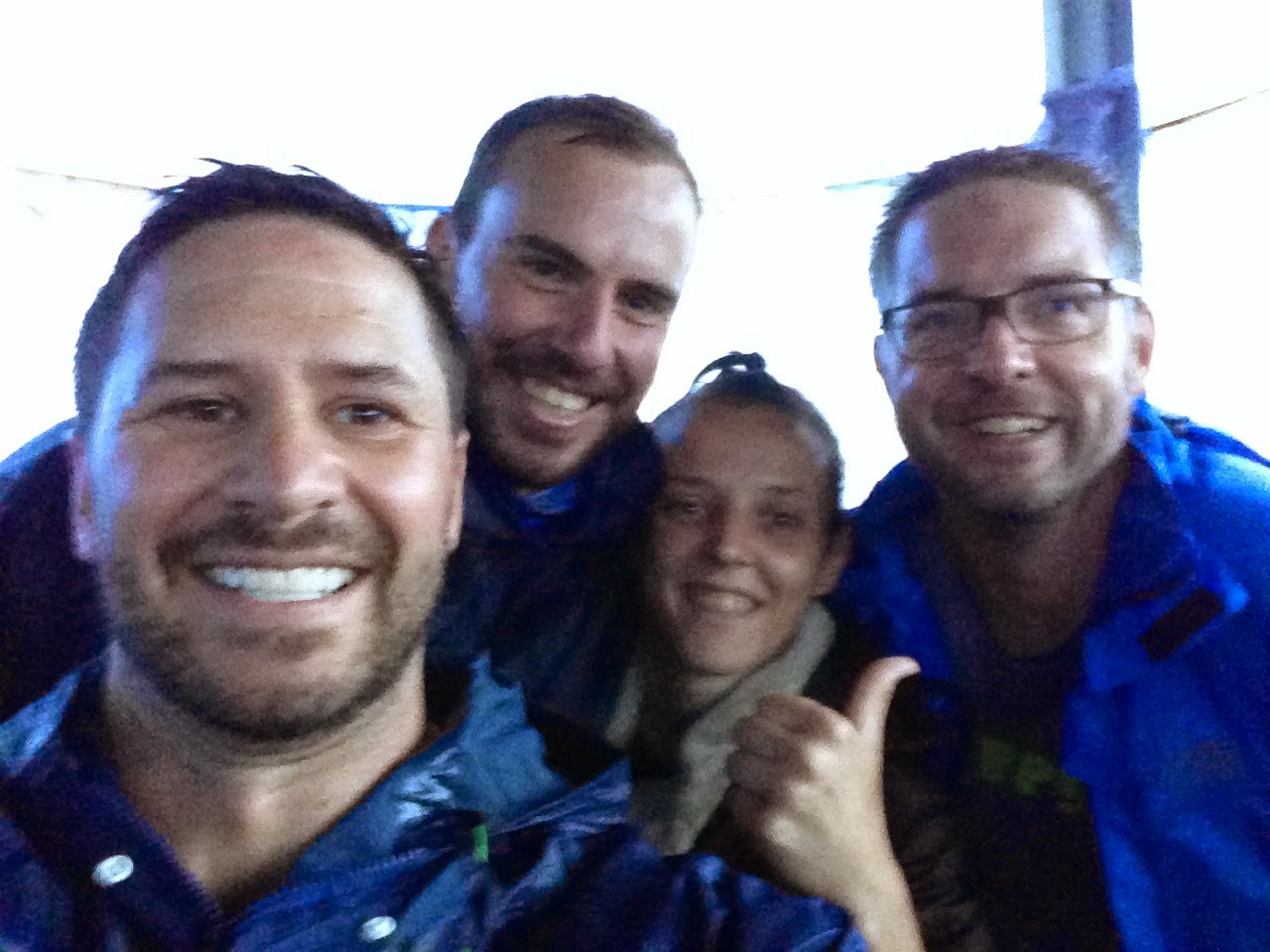We have one week to go in Achham, after which we make our way back the way we came, to Dhangadhi, Kathmandu, and thence to USA and the Netherlands.
Feelings are mixed on my part, and I think that of my teammates as well. We're really looking forward to seeing and talking to our wives and many other loved ones, having a real mattress and a flush toilet and dining without flies. But we'll miss the hospital, the doctors, nurses and administrators, and those of the patients and community members with whom we've managed to communicate and form a bond. We feel we've been privileged and blessed to have an opportunity to make an impact here. The truth of that came home a few evenings ago in the Emergency Department when a 14 year old girl with a collapsed lung needed a piece of equipment that was right where it was needed, which was an improvement, but nobody knew it was there. We solved the problem so the girl's care wasn't impeded, but we learned, again, that we still have work to do.
We've made recommendations on the management of the hospital - who does what, how it gets done, how communication at various levels can be improved. Several of these have been implemented, with good results, to our delight. We reorganized the way medicines are procured, stored and distributed, how inventory is tracked and managed. We've instituted a standard formulary so everyone knows what is supposed to be in stock, and uses the same name to refer to each item. We designed and installed storage units for the places where medicine is dispensed, and trained personnel on keeping stock. We've installed and configured a stock management software system and trained the staff.
We've helped the hospital to get the ball rolling on the purchase of a new generator so power will be less of an issue in the future, and we've laid out a strategy so the hospital can ensure quality of its medicines while simplifying and streamlining the procurement process.
Yet every day we realize we could do more. There are the young men in the stock room, Min, Purna, and Dinesh (from left), who we could train just a bit more. There's the Procurement Officer, a position we recommended and which was filled three weeks ago by a young man named Nabin (right), who I'd love to have another few weeks to coach. There are refinements to processes and improvements to procedures we'd love to implement, but these things will have to be left to others.
As a good friend periodically reminds me, Mother Theresa once said "We cannot do great things. We can only do small things with great love." While I am called to do my part with diligence, it is God who gives sight to the blind, makes the lame to walk...
So I'm back to the theme of a previous post - limits. My time here is limited; my talents, foresight, and plans are limited, so my contribution will be limited. I am coming to peace with that again in a new context. One aspect of this reflection has been the realization that my limits have changed; they've been explored, scouted, and in some cases pushed back a bit. I know with greater clarity what I am good at, and what I'm less good at. I have a better sense of where to contribute, where to put my gifts to use in the service of global health. Somehow, I have these insights more readily when I'm well out of my comfort zone, as I think is true for many of us.
The last reflection I'll share is that the Bible teaches that love is a verb. It's not just a feeling. Caring for the basic needs of our fellow men is an act of love which the people at Possible do every day. It was a privilege to join them in their work.






.png)











